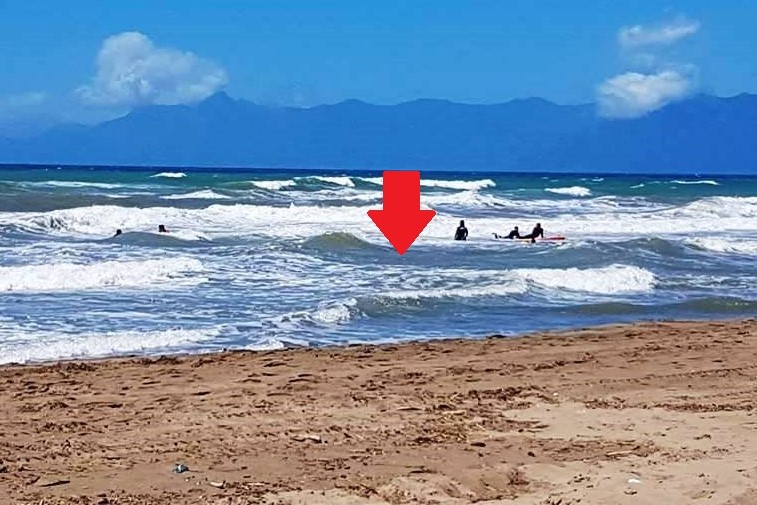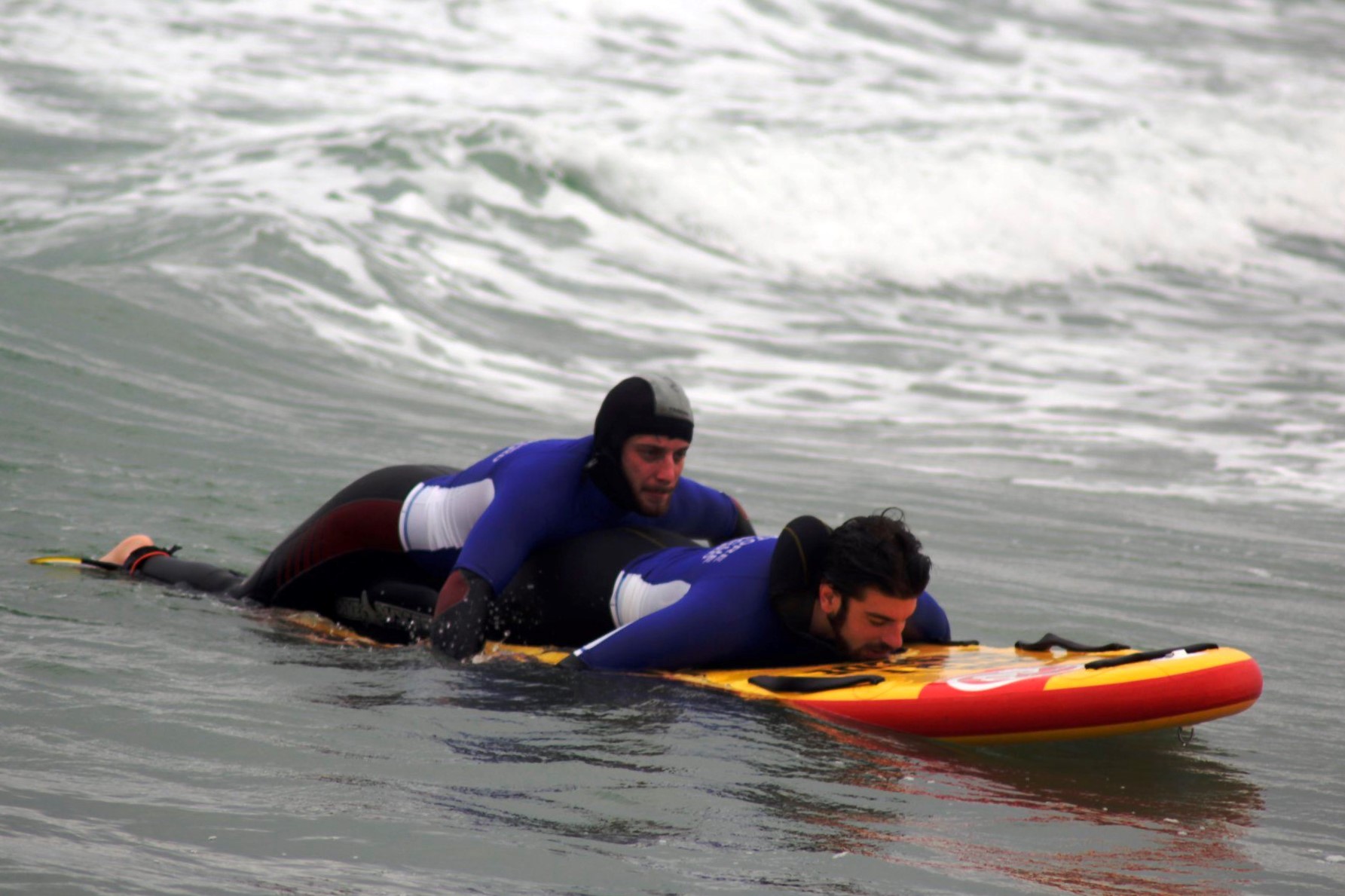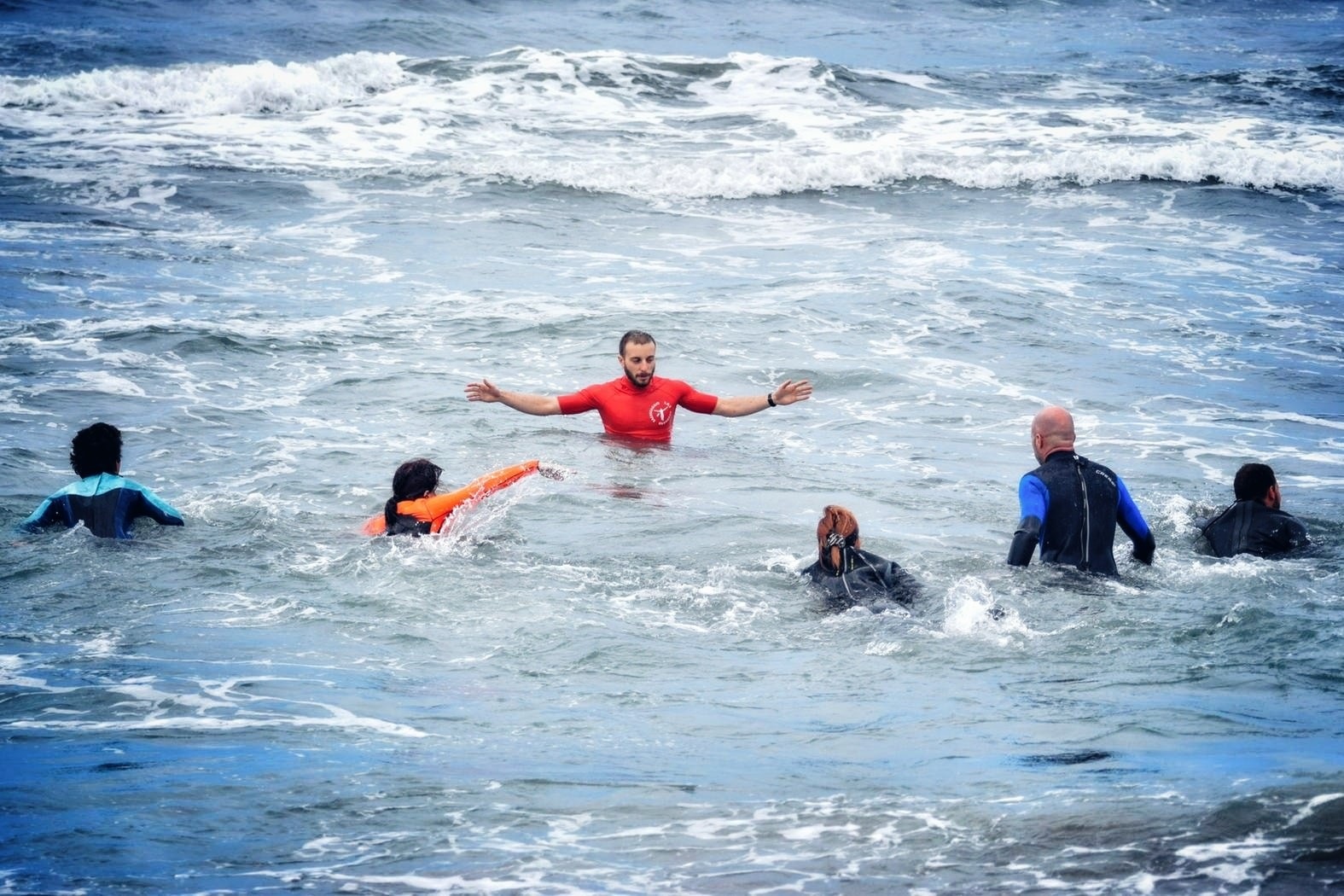
Drowning prevention and water rescue: the Rip Current
Drowning prevention and water rescue: In the summertime, underwater currents cause several drowning incidents in Italy every year. The swimmer is often faced with rip currents, or rip currents.
And yet, despite the fact that Italy has around 8,000 km of coastline, little is said about this subject, and often myths or misconceptions remain about the causes of these episodes.
We talk about this in a technical way with Davide Gaeta, one of the leading experts in the field.
Bathing and dangers to know: Rip Currents, or return currents
On days when the sea is rough, we often hear that “bathing is not recommended because there are eddies in the water!
The collective imagination is that of a hypothetical “vortex that holds you underwater”, but in reality, fortunately, such a risk does not exist.
Unfortunately, however, there is a real and much underestimated danger: the danger of rip currents.
On sandy beaches (beach breaks), the waves along the coast become breakers, i.e. real masses of water travelling towards the shore.
When the water arrives at the shoreline, it moves upwards, only to return thanks to gravity.
The water then generally starts to flow underneath the shore (longshore current), and sooner or later it has to somehow “go back out to sea”.
In order to do this, nature has designed a fluid-dynamic system of channels that run from the shore towards the open sea.
You can recognise them because they have a less foaming water area, and paradoxically would seem to be a quieter area for swimming.
They should be avoided, especially by those who do not usually frequent rough seas (surfers, lifeguards, etc.).
Rip current: it is important to look for a weak current and swim parallel to the shoreline
Once inside the Rip Current, do NOT swim straight towards the shore (against the current), as instinct would lead you to do.
Keep your wits about you, drift a little offshore where the current is weaker, and then swim parallel to the shoreline, moving onto a shoal area where the breakers are pushing towards the shore.
Naturally, the system of currents and the passage of the waves turn the area of the breakers into a veritable “washing machine”, where a bather (even if able to swim) cannot breathe easily, and is left with the feeling of being trapped by the sea.
Unfortunately, in the absence of operators trained to assist in such contexts, the episode can turn into a tragedy.
In order to prevent this, it is advisable for any person practising the sea to acquire a basic maritime culture.
Read Also:
Water Rescue Dogs: How Are They Trained?
Source:
You can start by reading the articles on this link: https://www.davidegaeta.com/blog/categories/mare





